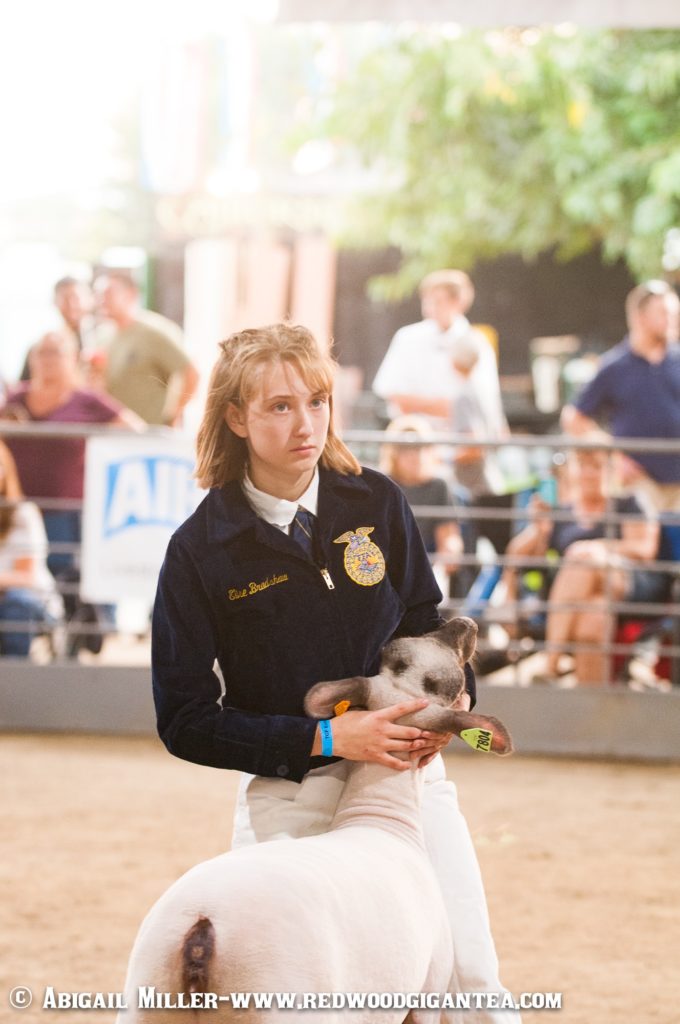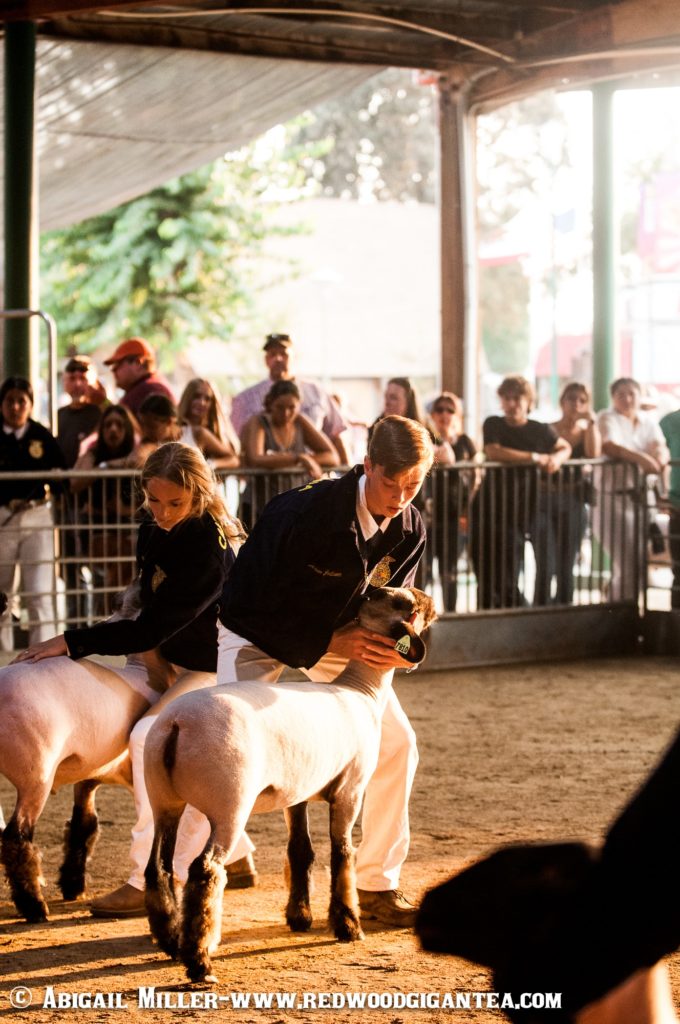This year, Redwood’s Future Farmers of America (FFA) club reached an all-time high in profits when selling their student-raised livestock at the annual Tulare County Fair.
Despite the smaller numbers of lambs and students participating this year, each lamb was sold off for approximately about twice the amount of previous years.
This allowed for an amazing turn-out as well as a much larger profit margin for the students.
Mr. Coon is the Agriculture teacher here at Redwood. He shares his reaction to the large increase in profits, “In my 24 years of teaching Agriculture at Redwood High School, I’ve never seen that [the dramatic price increase] happen.”
This year’s slogan was “Back to the Barn,” referring to the club’s return to their normal operations.
Coon says that “everybody feeling generous” after so many activities were put on pause for a long time was a major contributor to the growing profit margin.
“It was one of those perfect storms where the kids made very nice profits on their lambs this year,” he states.
At the fair this year, a total of nine students participated and sold lambs as their project animals. They sold for $14 per pound.
The process alone of raising the livestock is rather a strenuous task. It requires 100 days of raising the animal starting from June all the way to showtime.
The students show their animals at the Tulare County Fair and then sell them to local buyers in the area.
Though lambs are the most common to show at the fair, one student this year explored the dairy aspect of the project.

Madison Andrade, class of 2023, represented the dairy aspect of Agriculture, showing a heifer (cow) for the first time in 18 years.
While the process of raising dairy is similar in slight ways, it is less common, as the raising takes around two years.
Investing in the heifer first involves purchasing the animal for $900. Raising it involves feeding and caring for the animal. $150- $250 is typically spent on feed, in addition to vaccines and other care.
When it comes to selling dairy, the prices usually start at $2000. Andrade sold her heifer for a total of $3000.
The process of raising a lamb in specific has several aspects to it. It requires the upkeep of animals, but it also allows for growing relationships and teachable, memorable learning experiences.
Coon expresses that the main goal of raising lambs in FFA is to teach students what it feels like to go through with ethical farming, as well as in learning important skills and lessons along the way.

He adds that the “dedication, commitment, the care for your [the student’s] animal, the animal husbandry and making sure your animal is always healthy, the teamwork, and all of the responsibilities that come out of it” are a part of this lesson.
As the students participate in the showings of their animals, they are exercising and strengthening their business and entrepreneurship strategies through hands-on work.
Redwood FFA student Elise Bradshaw, class of 2022, says that one strategy that has helped her successfully raise her animal is to build a tight bond/relationship with it.
In addition to the positive moments, there are some rough parts of the process. Bradshaw says, “The practice of getting the lamb used to you then letting go after becoming best friends is the hardest part of this business.”
She named her lamb “Harley,” who had been attached to her from the start. This helped her work well with her lamb, which allowed for a better outcome in the end.
Bradshaw’s lamb sold for $1900 dollars. She purchased the lamb for $400. She says that this year was “a miracle year,” referring to profits doubling compared to previous years.

The process of raising the animals teaches the students valuable lessons when it comes to business and entrepreneurship.
Coon states, “They are the entrepreneurs in that enterprise, they buy the animal, they buy the feed, every financial input they put into it. They put all the effort into it and when they sell it, they get all the profits.”
The project also exposes the students to the financial aspect of the Agriculture industry.
“This is something that we see in Agriculture all the time, because sometimes you do very well and other times the market dictates the prices,” Coon says.
When it comes to business, there is always a risk when it comes to profits. Coon explains, “It’s a calculated risk to see what the markets will do and to see if you’ll make money on your Agriculture entity.”
The profit students earn as a result of their hard work comes in large amounts, but where does it all end up going?
Bradshaw says she will be using her money to pay for college expenses and put it towards her school textbooks.
Adam Judson, class of 2025, says that he will be saving his profits in order to spend them on his next FFA lamb project.
This year, Redwood’s FFA reached a tremendous milestone. In addition to coming back with lambs, they are starting to bring back dairy.
After such a long COVID break, they were at last, “Back in the Barn.”
Jasmine Luna
Jasmine Luna ('22) is a 1st Year Journalism student at Redwood Highschool. She has past journalism/photography experience in the Redwood Yearbook class for 3 years. Jasmine enjoys spending her free-time working as an Intern for the Heal Non-profit here in Visalia as well as in working with Apipact Non-profit a tobacco prevention organization for youth and by youth. She is also currently in Varsity Girls Waterpolo, International Dance, and she currently is a co- president of a club at RHS called Students 4 Climate Action Visalia.
Tags: 2021, adam judson, business, elise bradshaw, ffa, gopo, government and politics, jasmine luna, john coon, Madison Andrade, rangers, Redwood, redwood gigantea, redwood high school, redwood journalism, redwood rangers, rhs, tulare county fair, tulare county fair 2021, visalia ca

